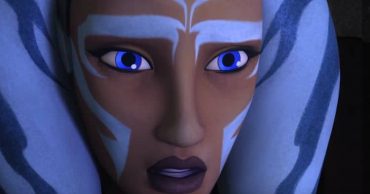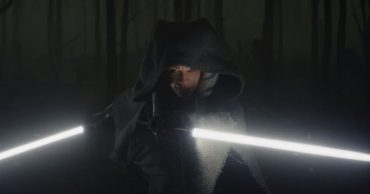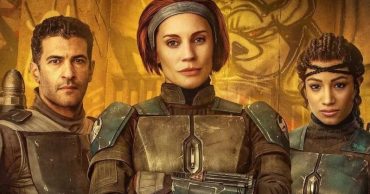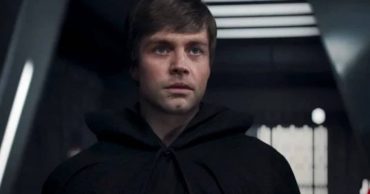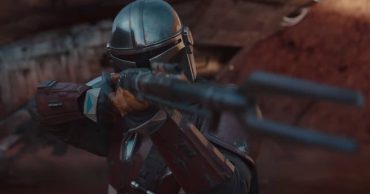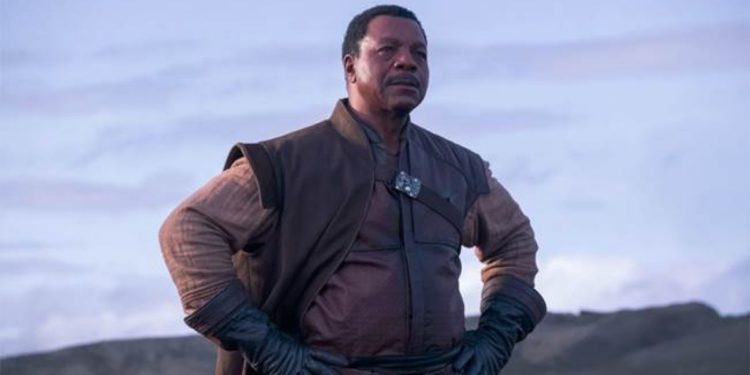
Marvel Television, headed by Jeph Loeb for the past ten years, and home to MCU spin-offs such as Agents of S.H.I.E.L.D, Agent Carter, Jessica Jones and Daredevil, has been officially folded into the Marvel Studios group. Now the previously autonomous unit will be much closer under MCU-head Kevin Feige, who has proved far more successful than Loeb with his box-office-breaking films. Now Disney, who own Marvel, are releasing new spin-off shows such as Loki, WandaVision and The Falcon and the Winter Soldier under the Disney+ banner.
With a lot riding on their release, how can these shows avoid the mistakes that Marvel TV has already made? While notable for their diverse representation and dark tone, tackling everything from sexual violence (Jennifer Jones) to Catholicism (Daredevil) to institutional racism (Luke Cage), the Netflix Marvel shows, who eventually teamed up into street gang The Defenders, failed to really bring in audiences. Furthermore, Agents of S.H.I.E.L.D, with direct links to the Avengers, felt inconsequential while Agent Carter only managed two seasons.
Meanwhile, The Mandalorian – a spin-off Star Wars tale focusing on a bounty hunter who has a change of heart when he encounters a cute little creature popularly known as Baby Yoda – debuted on Disney+ on its launch day and has been a breakout hit. Many have even called it the best thing to happen to Star Wars outside of the Skywalker films.
Part of what has made The Mandalorian so successful is what can make Disney+’s Marvel shows also a success. Read on for five key lessons they could take on board going forward.
1. Keep Episodes (and Seasons) Short
In the era of peak TV, with infinite options and no time to watch them all, it helps to keep things short. At most, the longest episode of the Mandalorian has been around 40 minutes. This keeps the storytelling concise, with action sequences brought to the fore and moral quandaries kept to a minimum. Freed from bloat and prevarication, episodes zip by, leaving the viewer always wanting more. Additionally, with only eight half-hour-to-forty-minute episodes in total, The Mandalorian is at an accessible length for both nerds and casual viewers. Meanwhile Marvel TV shows on Netflix constantly went over an hour for thirteen episodes at a time while Agents of S.H.I.E.L.D., although forty minutes per episode, had punishing 22-episode seasons. In today’s times, no one has that much time.
2. Tell Self-Contained Stories
So far, in only the space of six episodes, The Mandalorian has captured a cute little furry baby, saved a cute little furry baby, saved a village, hunted down a notorious criminal, and joined a heist. Additionally, each episode is structured in such a way that a complete stranger could watch a random one from beginning to end and still feel like they’ve seen a satisfying short story in and of itself. The same couldn’t be said for Marvel’s TV output, which was so focused on the bigger picture that each entry blended into one another, Netflix’s autoplay feature making it unable to even know if you’re at the beginning or end of a particular episode.
3. Lean Into The Video Game Aspect
Part of the fun of open-world video games, for example, Star Wars: Battlefront, is to take part as a minor character in a fantasy world with a potentially major impact upon history. As Polygon has pointed out, Mando – a man literally without a face yet – feels more like a generic character from a video game than any other lead character in a Star Wars film. The creators of The Mandalorian seem to know this, and structure his quests like that of a video game. This isn’t to the series detriment: in fact, by understanding that element of The Mandalorian’s construction, they can lean into it, making every episode work like a level of a game, creating satisfying television that both reinforces and subverts popular video game tropes. Marvel TV, with its peripheral characters, could do much the same.
4. Focus Less on the Wider Picture
Both The Defenders and Mando live in the shadow of wider events. The Marvel TV shows on Netflix took place in the aftermath of The Battle of New York while The Mandalorian is set in that grey area between the fall of the Empire and the creation of The First Order. Nonetheless, while Marvel’s characters are directly affected by the events of The Avengers, The Mandalorian has little in common with, or even interest in, the events of Return of the Jedi. Instead it takes us to new parts of the Star Wars Universe, telling a story about one particular man as he goes about his missions.
It’s also worth pointing out that while some people will eagerly devour every minute of television to get the bigger idea of how the universe works, some people just want to watch a TV show that works by itself. While The Mandalorian contains references to wider events that will please more enlightened Star Wars fans – as well as a small baby who is the same race as Yoda himself – the show doesn’t rely too much upon them to push the story forward.
5. Return to Serialization
The Marvel Cinematic Universe feels like the most expensive TV show ever made. Their generous runtimes and complex mythology means that a lot of things have to be explained in the margins, for example, post-credit sequences being used to set up the next movie. This means that part of the fun of leaving the latest Avengers movie is figuring out how what you just saw is going to link up with the bigger picture, creating buzz for the next episode. With months between each episode, the buzz builds and builds, making the series something to look forward to.
The Mandalorian creates a similar vibe, feeling radical for simply returning to the basic concept of one new episode a week. Marvel TV faltered on Netflix by dumping every episode at once, giving us no time to digest and process what we have just seen between installments. The buzz of seeing and responding to Baby Yoda over the course of a week for example, whose popularity has spread like wildfire on social media thanks to shared memes and gifs, would definitely have been lessened had Disney simply dumped the whole series at once.
 Follow Us
Follow Us
